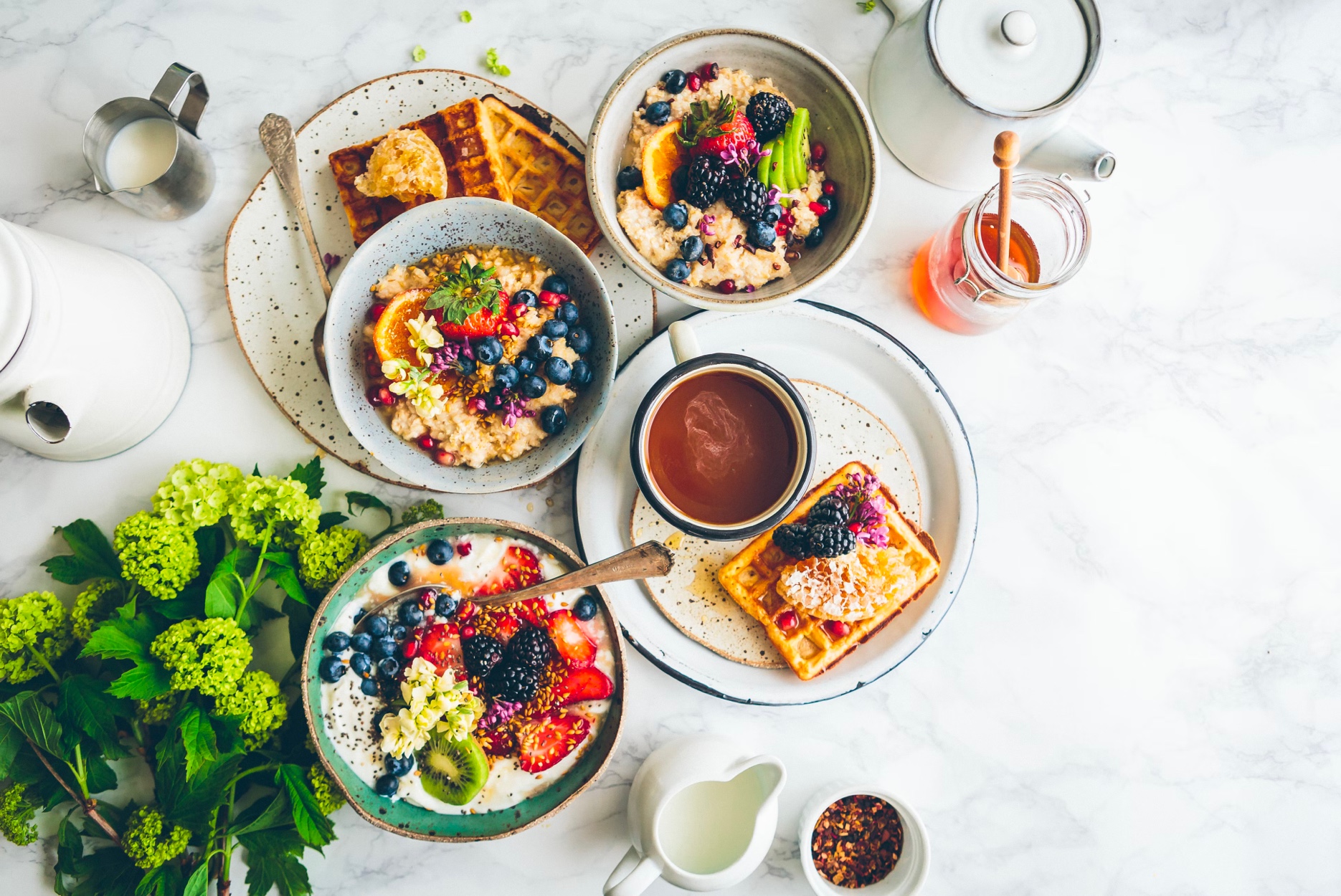The packaging design effectively communicates its ‘natural’ cues via simplicity of design, it’s earthy color palette (inspired by the colours of the Fall) which is felt to be a complimentary fit with flour and the photographic imagery of raw grain on a natural wood background.
(It’s worth noting that within the context of ‘natural’ products the colours are not perceived as unique, but once seen in the context of the competitor flour set they help visually differentiate).
The ‘Live Well’ prefix is well received and understood while the variety of colour tones and inspirational photography imply product versatility, enhancing taste appeal and the communication of a healthier proposition. It provides enough information for respondents to perceive this as a “forward-thinking” superior product and they expect it to command a premium price (“Just waiting for the food technology statement (to be added) then it will be a sure shot buying product”)
The other brands are perceived as looking “a little more traditional, outdated, even” by comparison (“The only bag that rivals the Think Flour is the Bob’s Red Mill Flour.”) The design stands out against the competition because its colours are understated by comparison with the bolder, primary colours of its rivals (we have a saying in design that sometimes one has to whisper in order to shout).
Interestingly, on a number of occasions respondents referred to the brand as “the THINK Flour” as opposed to UN (think)
